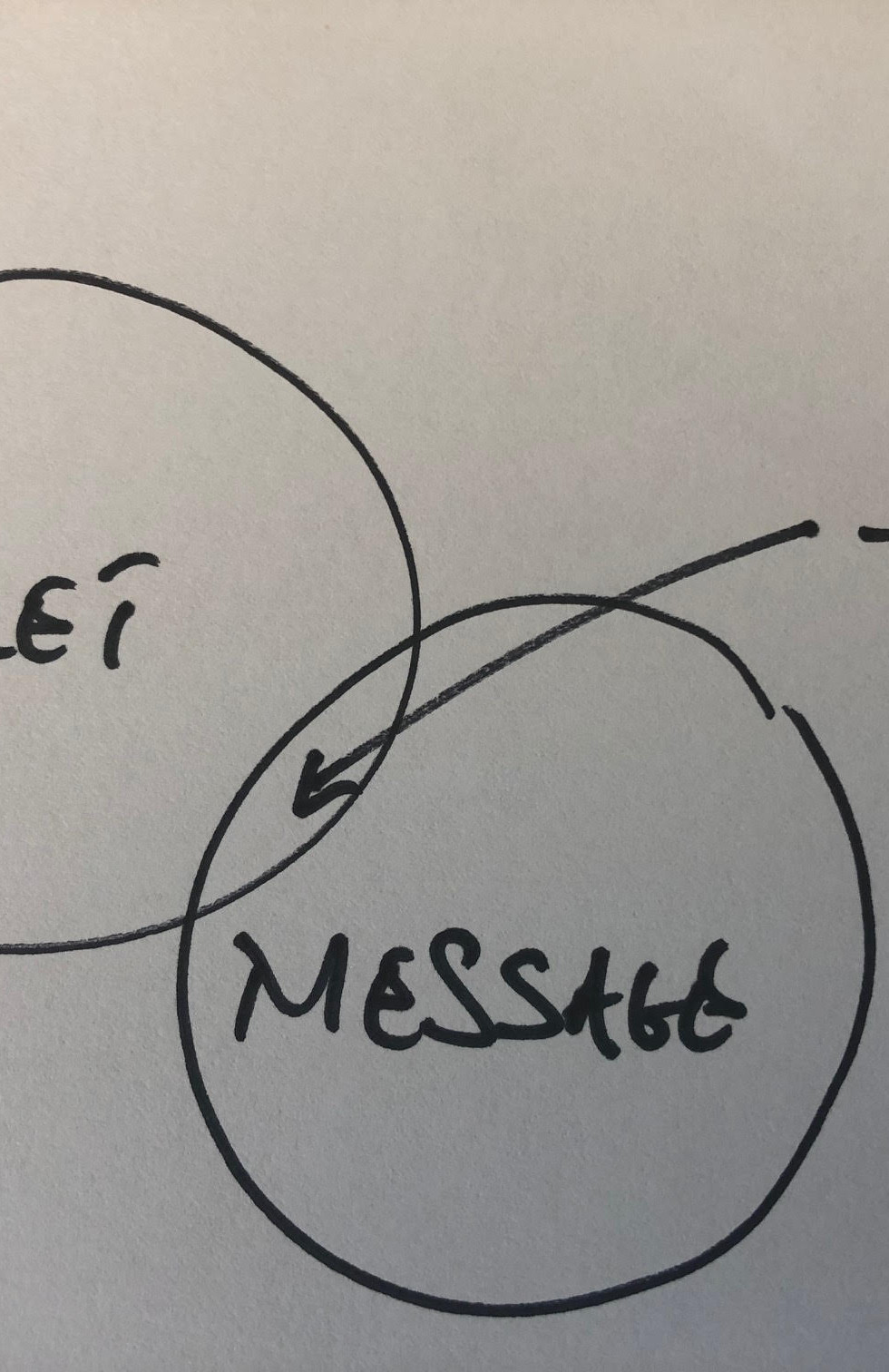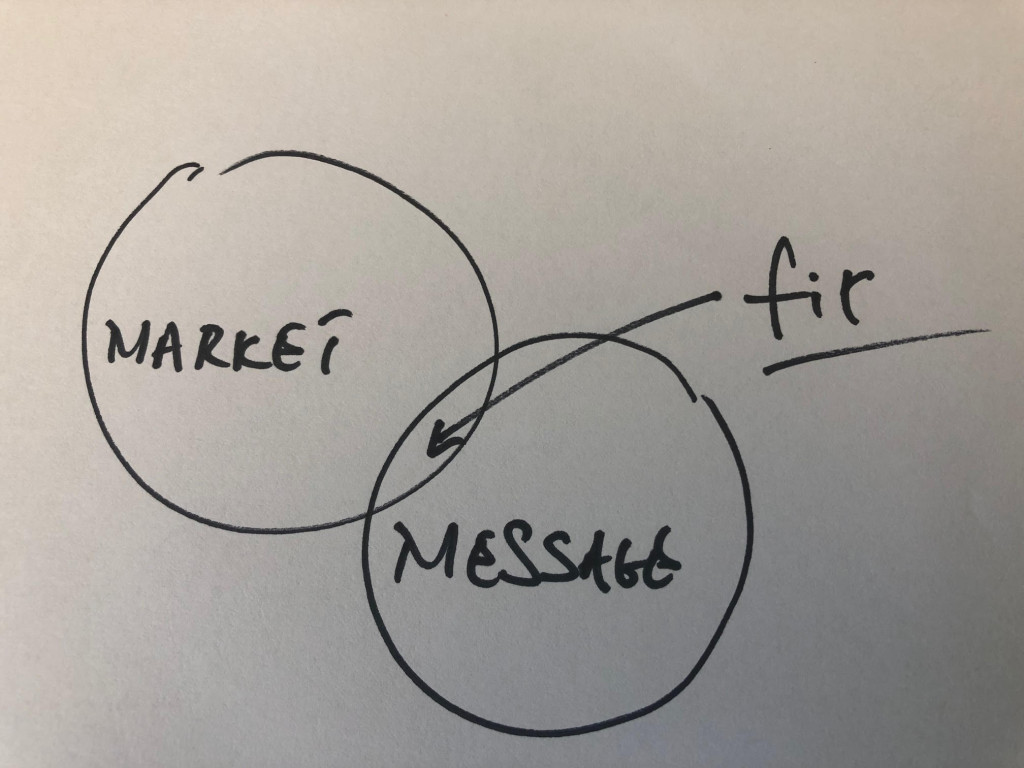SaaS Product-Market fit fools you into thinking that growth will come

Mark Andreessen coined the term product-market fit, defined as being in a good market with a product that can satisfy that market.
 Whilst getting to product market fit is job #1 for a CEO at the early stages, product market fit alone leaves gaps that you need to fill to drive sales velocity.
Whilst getting to product market fit is job #1 for a CEO at the early stages, product market fit alone leaves gaps that you need to fill to drive sales velocity.
There are some fabulous perspectives about these gaps already. Brian Balfour offers a tremendous blog series on why product-market fit isn’t enough, offering additional vectors such as Model/Market fit, Product/Channel fit, Channel/Model fit (Hat tip to pal Andrey Kushid, CEO of Miro, for the pointer). And Bruce Cleveland astutely describes his stated missing gap as Market Engineering in his awesome book, Traversing the Traction Gap (hat tip to the fantastic Follow your Different podcast by Christopher Lochhead).
Over my last few tours of duty as GM and as CEO, I’ve learned that to achieve sales velocity quickly, there is an additional vector. And I’m calling it Market-Message fit.
Market-Message fit comes from a set of floating product capabilities that brings the customer to the table to learn more about your product, at high velocity. Not clever derivatives of your product marketing messaging, or the rate at which prospects move through the funnel, or indications that they are willing to pay or buy, or even features they use. Brian and Bruce cover these. What I’m talking about is just the features that add immense speed to the rate at which they come to learn more, because of *something* you offer in your product.
John Wanamaker famously said: “Half the money I spend on advertising is working. I just don’t know which half.” This is true for the business of building product as well. Though it’s closer to “80% of our product features that we pitch are actually used. I just can’t predict which 80%.” Unlike marketing, that 20% of product is not wastage. That 20% defines, whilst a floating set of capabilities, what brings different segments of prospects to the table at high velocity.
So, let’s dig into that 20% with some examples ….
Conversational intelligence (in my case, Gong.ai) products do many things: they record emails and calls, they transcribe, they surface important topics using AI, and on and on. But as CEO, the single biggest benefit I was looking for at Kahuna was ways to shrink the distance between the demand and supply by moving the whole company to the front lines to learn what the prospect was saying verbatim during Zoom calls. So, in our case, Gong’s 20% for me as a decision maker was the simple act of capturing calls and easy offline listening. Once the product was in the building, we used all its functionality over time. But Gong had me at what is really an elementary feature in their great product set: Recording and parsing who said what.
At SuccessFactors, we shifted the goal post on plain vanilla collaboration software by maniacally focusing on the right-brain buyer. An add-on to the usual grab bag of features, we offered work patterns – a set of predefined integrated experiences that solved for discrete problems in sales, marketing, HR, etc. Even though a big chunk of customers still used the product for simple collaboration, work pattern product capabilities drove massive inbound interest and created a unique brand perception that large swaths of ROI focused buyers and users (36 million in total) gravitated towards in just 12 quarters.
15 years ago, my wife and I were down to making a decision between an Acura and a Lexus SUV. The cars had exactly the same features that we cared about most. The tipping point that appealed to the geek in me was voice activated GPS on the Lexus. All you had to say was “find Chinese restaurant” and boom! Chinese flags would light up on the map. Over 10 years, we took maybe 4 road trips. And used the feature once. But voice-activated GPS was Lexus’ 20% for a buyer like me.
Other quick hits: For Slack it was never the impressive library of integration for me. Or even persistent group chat. It was being able to come together to create a live conversation to solve a discrete problem, and then disband. For Drift, whilst it was scaling an automated SDR process for our marketing team, for me as CEO, the clincher was learning why someone came to our website for the very first interaction so that we could refine our messaging at external touch points. And Salesforce’s market message fit was never about warm-hearted customer relationships. The cold killer app that drove sales velocity was the ability for a sales manager to be able to snoop on monitor individual reps progress.
Is this really a product management problem or one for product marketers to tackle?
It feels like this is a product marketing /messaging problem to solve but that’s only 1/3rd true. The best product managers are acutely aware of this split and realize that 20% of the product is really a marketing cost to bring massive amounts of interested buyers to the table so that they get to hear about all your awesomesauce. However, what the best of ‘em often tend to do is fret about why 20% is not being used by everyone.
Embrace this 20%. Study it intensely and understand how it differs by segments. Then keep investing in it and make sure that your product marketers pimp the crap out of it segment by segment, to bring a mad number of prospects to the table.
(Comments rolling in on LinkedIn)